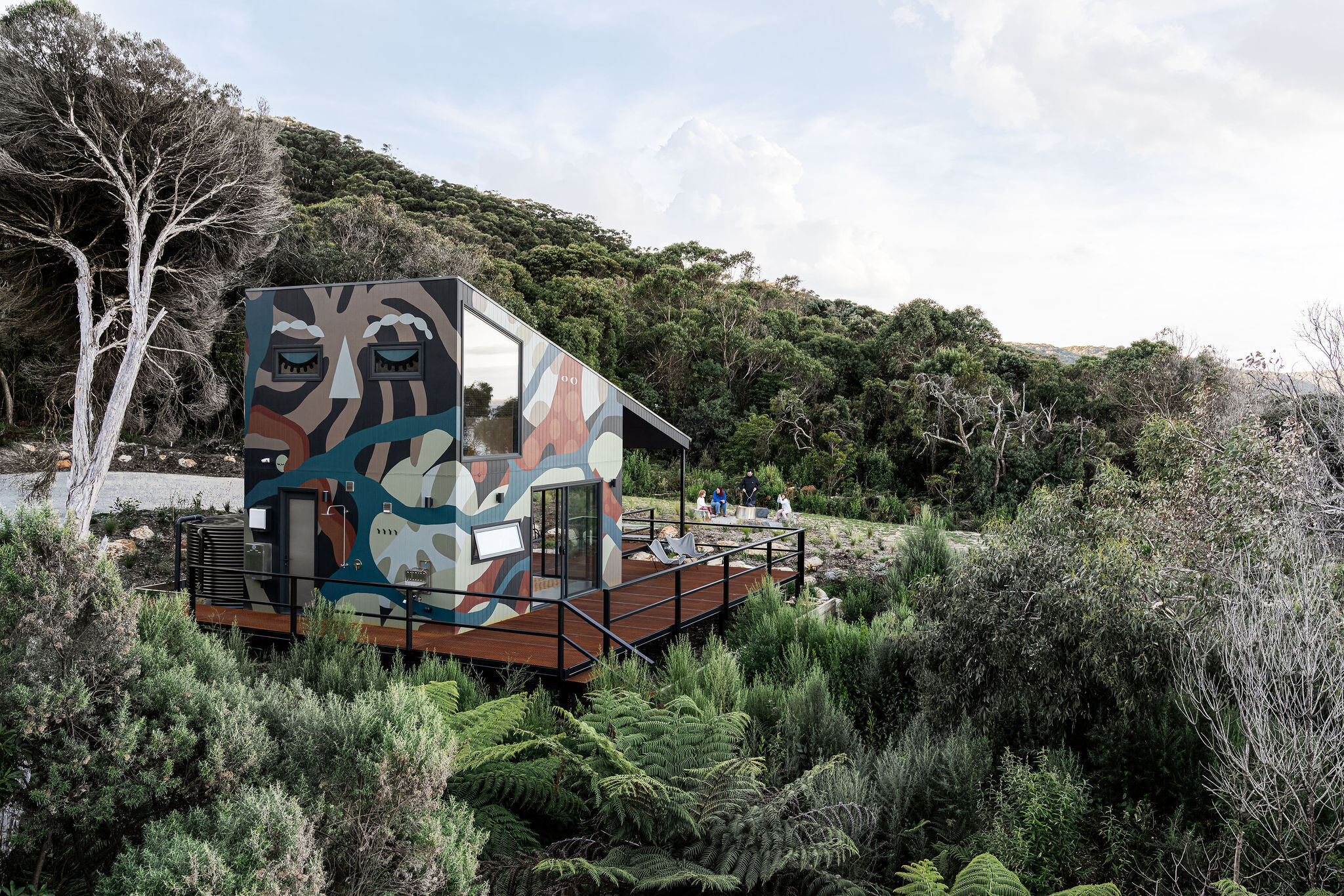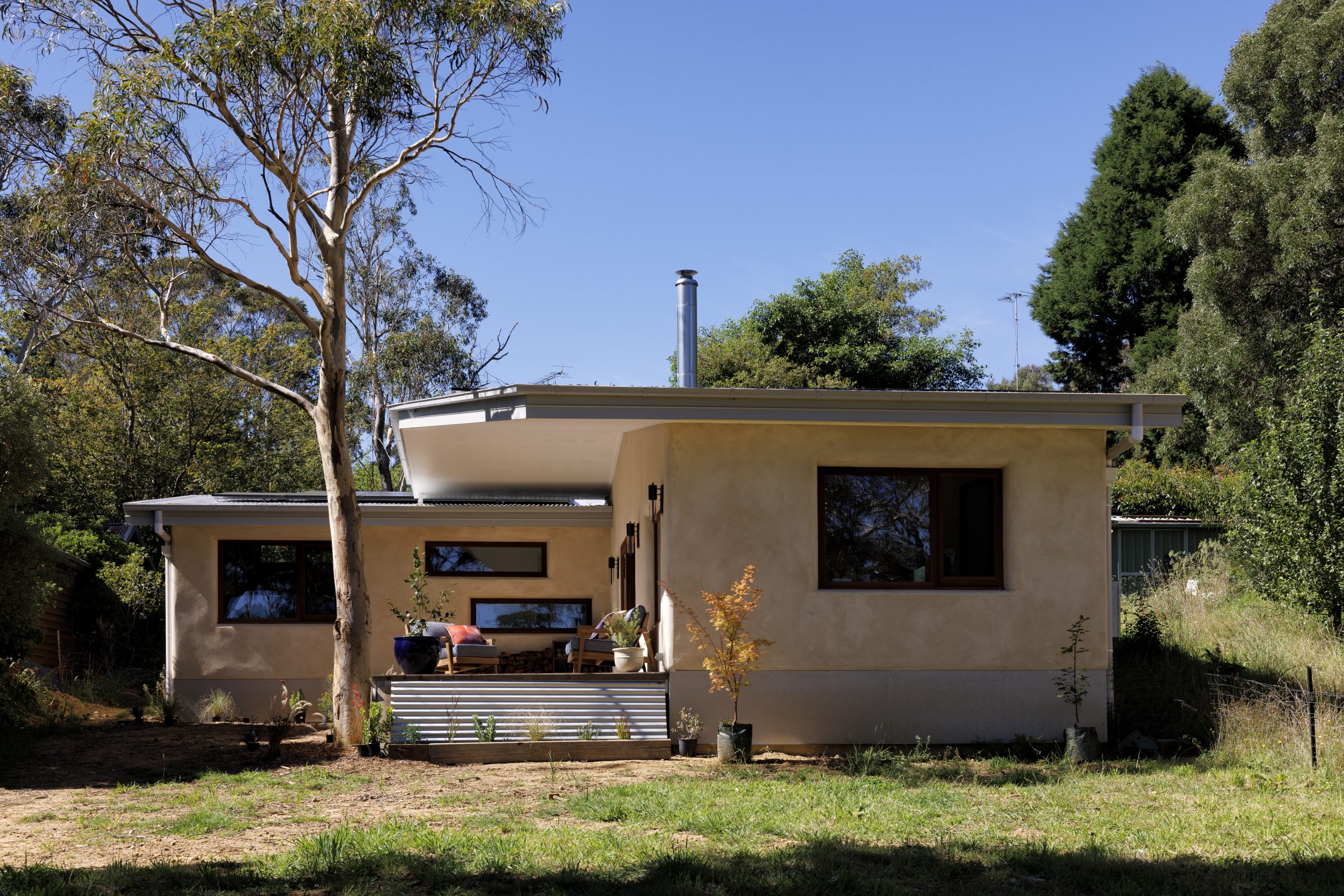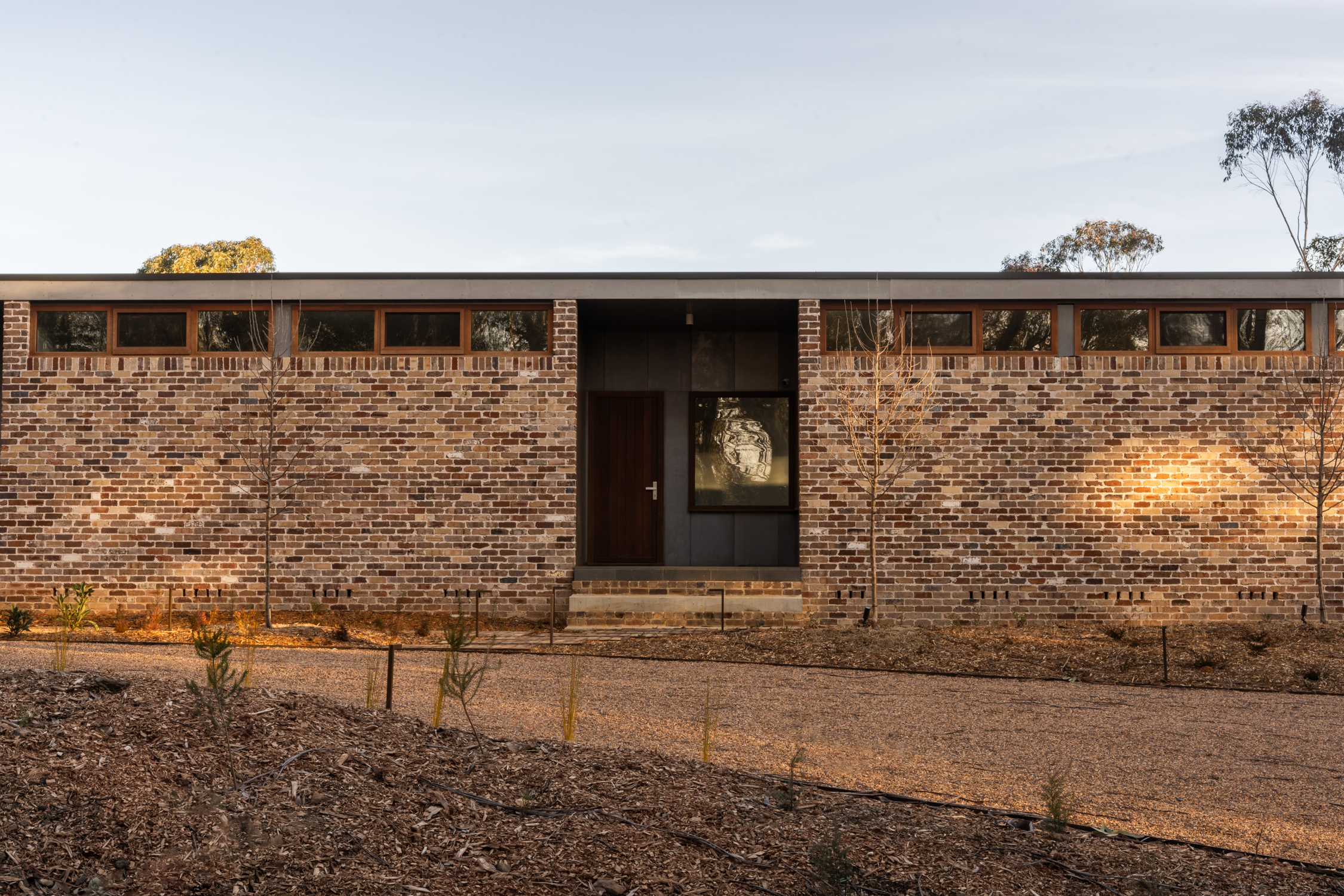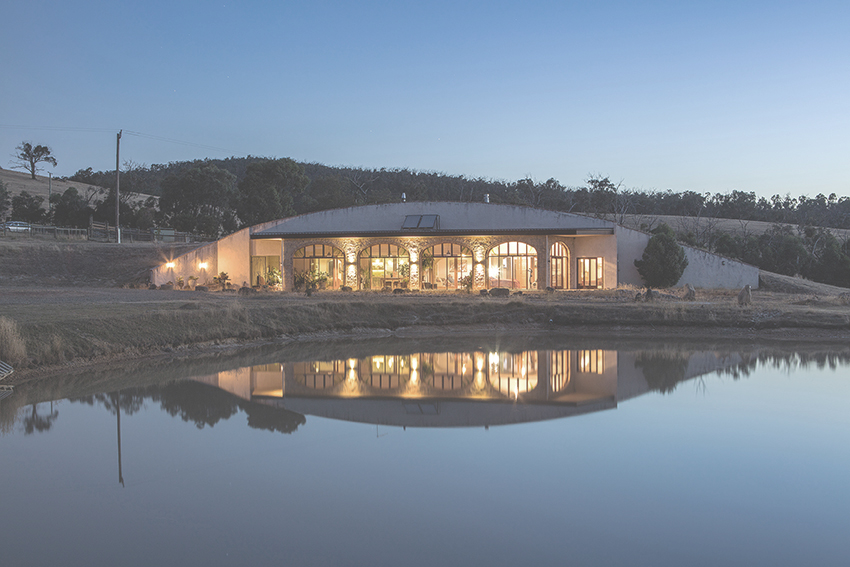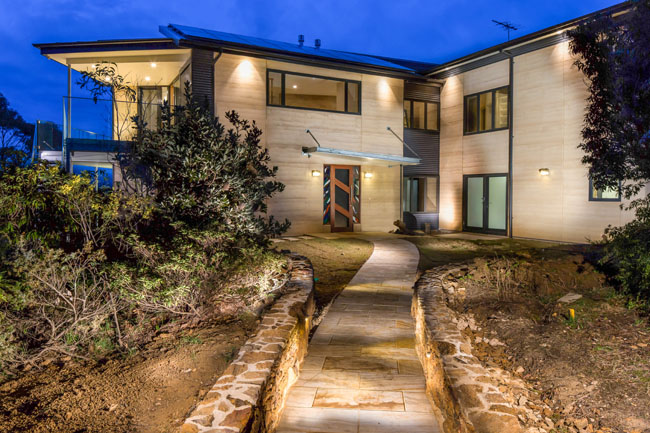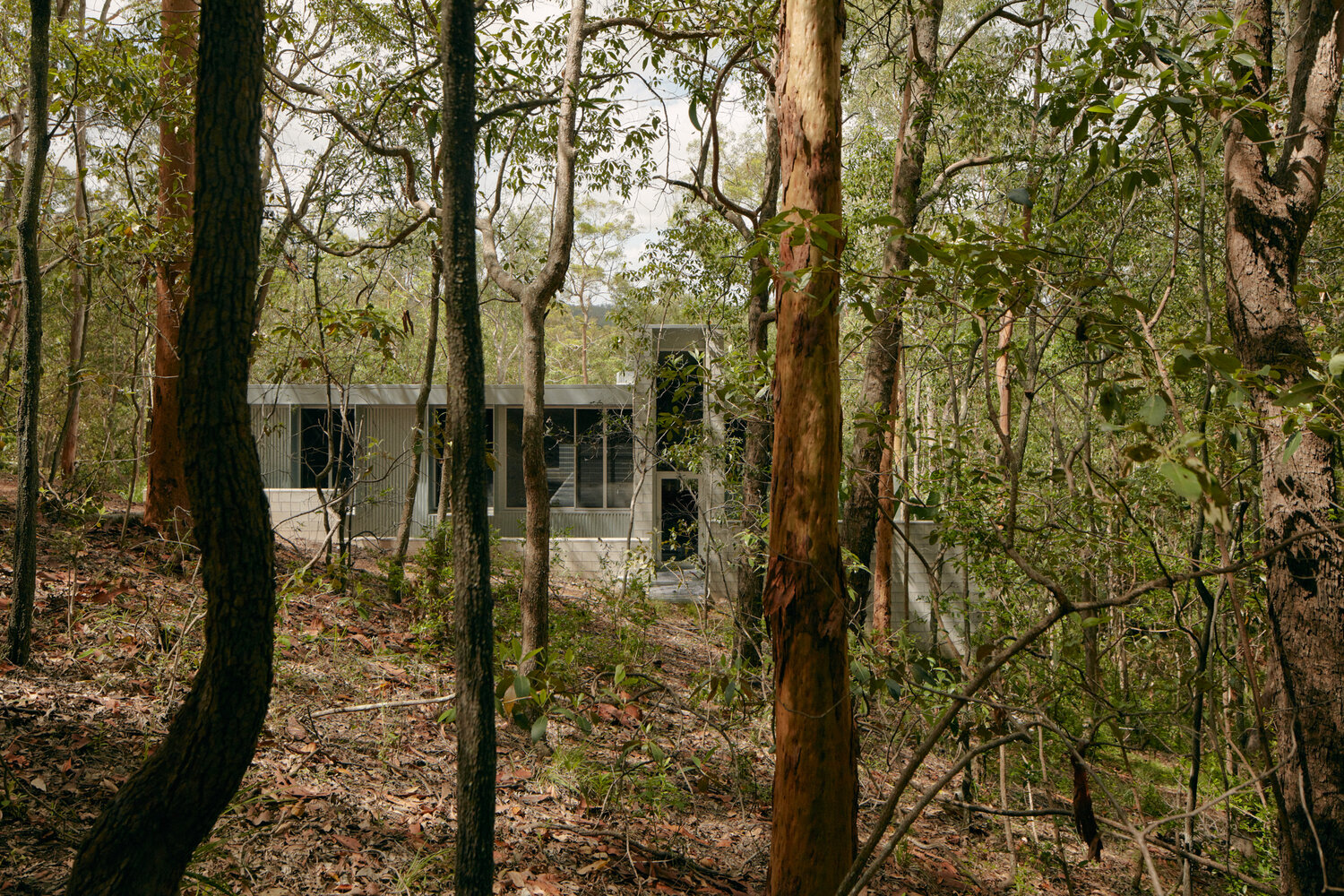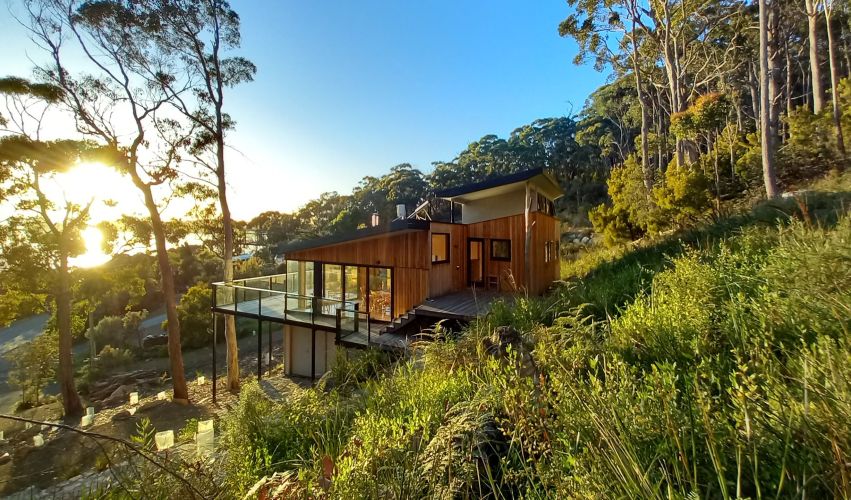Section 8:
Beyond BAL
Case Studies
As part of ongoing work to support communities rebuilding after bushfire, Renew is showcasing homes that exemplify resilient design elements and building practices that extend the understanding of best practice beyond the complicated and variable (BAL) Bushfire Attack Level rating system.
As part of this research project Renew invited architects, designers and homeowners to submit designs for consideration, and worked with bushfire design expert Nigel Bell from ECOdesign Architects to assess the submissions based on three criteria: affordability, sustainability and bushfire resilience. 29 submissions were received, from which the 12 case studies presented here, were rigorously selected.
“The intent was to seek out leading projects for all to learn from, and publicise the best across the various inter-connected criteria.” — Nigel Bell.
The case studies are accompanied by an event series featuring the people who designed, built, or live in these homes. View the event recordings here.
Selection criteria for assessing the Beyond BAL submissions:
- Bushfire resilience: considering enormous variations across ecologies and sites.
- Environmental sustainability: considering energy efficiency and materials used, essential in mitigating further extreme climate events.
- Affordability: noting that high BAL, as written into national regulations, invariably adds complexity and cost into building or renovating.
- Broader criteria: defendable siting, landscape setting, water supplies, building design, external construction materials, windows / doors, verandahs / decks, and innovation.
Variables
The Beyond BAL project found key issues and differences between states and territories in the application and stringency of bushfire building requirements. Firstly, the accepted level of training and expertise amongst bushfire assessors varies. Additionally, the starting point for assessment, the Fire Danger Index (FDI), is based on past fire history rather than projections that take climate change into account, and is artificially low in some states. The result is that BAL assessments are not uniform across the country.
As an indication of what’s likely to develop into the future, Tasmania and the ACT now prohibit new houses being built on sites assessed as higher risk than BAL-29.
What is clear from Beyond BAL is that there is no simple or single way to address building sites for bushfire when assessing projects across the nation.
Vegetation
People building in bushfire prone areas are often doing so because they value the lifestyle of living amongst the gum trees and are willing to take on the greater risk of losing their building to a bushfire, rather than clearing vegetation. This typically puts them into high or extreme BAL’s (BAL-40 through to BAL-Flame Zone) where the risk is from burning embers, radiant heat and flame contact, as well as extreme winds and smoke hazard.
All of the Beyond BAL submissions grappled with the issue of whether to retain the natural bushland ecology, with the added risks and costs. Some projects included extensive land clearing whilst others knowingly retained the ecology with greater risk to property and possibly life. Most accepted a regulatory compromise.
Affordability
As our climate heats and bushfire risk increases, as insurance becomes unaffordable and the BAL rating requirements become more stringent, the more expensive and difficult it is to meet the national, state and local regulations. The intent of this project was to highlight cases that are more affordable in the face of these challenges.
“As a result, some beautiful homes set on steep slopes within eucalypt forest costing millions were not short-listed, although they otherwise had a lot to recommend them”, said Nigel.
Many of the case studies selected are small houses with simple yet striking designs, which may need to be the best way forward in bushfire prone areas.
The Beyond BAL content was developed in 2023. With regulations and building costs continuously evolving, it is important you seek advice from experts in your region for current information and building requirements.



